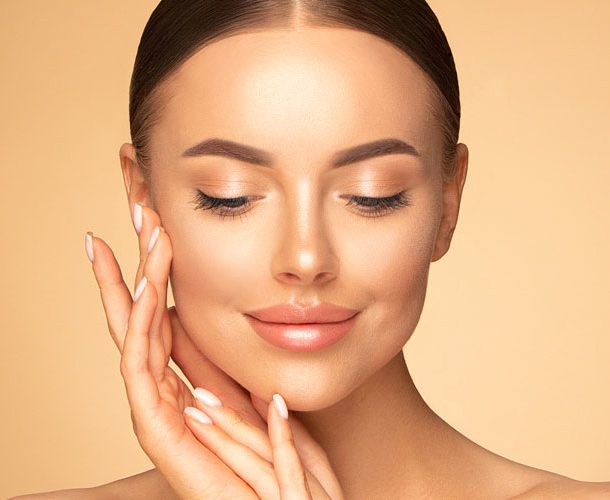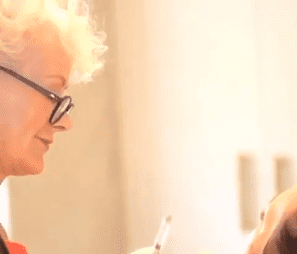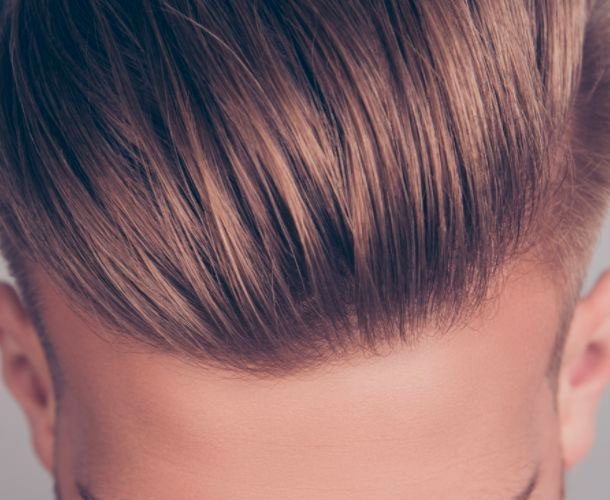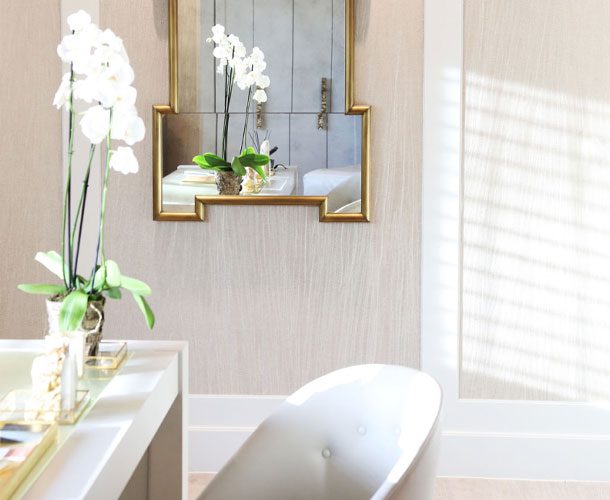News

What are the different types of dermal cheek fillers available?
19th April 2023Nowadays, dermal fillers are seen by many to be as normal as getting a haircut or their lashes done. 66% of 50,000 young people said that they would like to change their facial features in a recent survey; 9% of these would specifically like to modify their cheeks.
According to Jenni Middleton, the director of beauty at WGSN, “tweakment culture” is apparent in society, primarily due to the focus on social media and the use of filters. These non-invasive procedures are effective temporary alternatives to plastic surgery and can help to boost confidence, particularly if a person is self-conscious about their facial concerns.
This guide will explore the different types of dermal fillers you can get for your cheeks, and compare their benefits to find the product most suitable for you.
Click on the link to jump to that section:
Read about the different types of dermal fillers available for the cheeks, including HA fillers.
Discover more about the brand Juvéderm and the benefits of using these products.
Explore what this hyaluronic acid filler is, and the different types of Restylane products available.
Find out what Belotero is and why it is popular in the UK.
Read about who Teosyal are, their benefits, and why Dr Nyla uses their products.
What are the different types of dermal filler?
Though the results tend to be similar, how the different dermal fillers are applied and what they contain differ for each procedure.
Hyaluronic acid fillers
Hyaluronic acid (HA) fillers are the most common type of dermal fillers and are typically chosen by most of the UK’s leading practitioners. One of the main benefits is that the substance is a natural occurring product that is produced in the body and will gradually be absorbed over time. Hyaluronic acid encourages lubrication and is found in the skin; however, its production decreases over time.
Different types of hyaluronic acid fillers are available, and it is up to the practitioner’s skill and knowledge to decide which type will be the most suitable.
Dr Nyla is one of the top cosmetic doctors in the UK, with clinics in Cheshire, Liverpool, and London. During the initial consultation, our experts will help determine which treatment will best suit your needs and preferences.
Due to their benefits, we tend to use HA fillers in our dermal cheek filler treatments.
What is Juvéderm?
Juvéderm is an injectable hyaluronic acid filler and is one of the best-selling brands of dermal fillers. This colourless gel is injected into areas of facial tissue where there is a loss of volume. Dermal cheek filler treatment helps address facial problem areas, such as thin areas in the cheeks, and volumises them for an enhanced appearance.
Benefits of Juvéderm include:
- Addresses deep lines.
- Helps reduce wrinkles.
- Helps make the skin plumper.
- Creates a youthful appearance.
To find out more information about the benefits of dermal cheek fillers, visit the Dr Nyla website.
What are the different Juvéderm products available?
The brand Juvéderm stocks various products that help different parts of the face. For the cheeks, some products include the Juvéderm Vycross and Juvéderm Ultra XC ranges which address wrinkles and nasolabial folds. The Juvéderm Voluma is another product that helps with any volume loss in the midface areas.
Additionally, there are Juvéderm products that also address other parts of the face, such as the lips. Lip wrinkles or “lipstick lines” are common facial concerns that occur naturally as the body ages. Juvéderm Volbella and Juvéderm Ultra help smooth wrinkles around the lips.
Find out more about the benefits of dermal lip fillers here.

Book in a free consultation with our expert team
- Over 50 non-surgical treatments and therapies
- Free consultation including tailored plan
- Luxury clinics in London, Cheshire & Liverpool
What is Restylane?
First approved three years before Juvéderm, Restylane products are popular in both the USA and in the UK. These products are also hyaluronic acid-based fillers and are injected into areas of the face that will experience more movement. Likewise, Restylane is a hyaluronic acid filler that has a variety of benefits when applied to the cheeks.
Benefits of Restylane include:
- Smooths away mid-face wrinkles and nasolabial folds.
- Stimulates natural collagen production.
What are the different Restylane products available?
At Dr Nyla, we offer two different types of Restylane dermal fillers; Restylane Refyne and Restylane Defyne. These hyaluronic acid fillers can help address problem areas in the cheeks, such as marionette lines in active faces, and reduce their appearance in no time at all.
Restylane also offers other types of hyaluronic acid fillers, including Restylane which smooths away wrinkles and adds volume to thin lips, and Restylane Lyft, which can help reduce nasolabial folds.
For more information on lip fillers, visit the Dr Nyla website.
What is Belotero?
Belotero is a relatively new HA filler that first gained approval in 2011. Although Belotero products contain hyaluronic acid, they are formulated and structured differently from the previous two. This type of filler is classed as a “Low G prime type”; it is a softer and more liquid filler that spreads easier, meaning it is best suited to address very fine lines.
Benefits of Belotero include:
- Treats superficial fine lines, creases and wrinkles.
- Softer and more liquid filler that spreads easier.
- More subtle enhancements.
Book a consultation today with Dr Nyla to find out more information.
What is Teosyal dermal filler?
The Teosyal brand is more commonly used in Europe, however, it was cleared by the FDA in 2017. It is a safe hyaluronic acid filler that is injected into areas such as the cheeks to address facial wrinkles and nasolabial folds. This type of HA filler is soft and malleable, which makes it a good option for under the eyes and the cheekbones.
Benefits of Teosyal include:
- Durability – the Teosyal brand states this type of filler can last up to 18 months.
- Highly malleable – can be used in more difficult areas compared to other HA fillers.
- Natural product.
- Relatively pain-free – at Dr Nyla, we utilise a topical anaesthetic 20 to 30 minutes before treatment.
What are the different Teosyal products available?
The Teosyal Ultra Deep and Ultimate products are utilised to restore volume in the cheeks. The Teosyal RHA 4 can help volumise and contour cheeks and the jawline.

|
“If you’re considering coming for treatment, I highly recommend coming to Dr Nyla. The best thing I ever did.”
– a 44-year-old client who had dermal fillers in her cheeks, chin and lips. |

|
| “If you’re considering coming for treatment, I highly recommend coming to Dr Nyla. The best thing I ever did.”
– a 44-year-old client who had dermal fillers in her cheeks, chin and lips. |
Dermal cheek fillers are a great alternative to permanent plastic surgery techniques and can address cheek concerns such as weaker cheekbones, pre-existing asymmetry and nasolabial folds.
Contact Dr Nyla today and book a consultation to discuss dermal cheek fillers further.
Frequently asked questions
How can you reduce swelling and bruising after a dermal filler injection?
After dermal fillers, swelling, redness and bruising are to be expected for a few days following the treatment. To ease and reduce these side effects, utilise a cold compress around the treatment area.
Make sure to avoid taking any blood-thinning medicines, such as ibuprofen and aspirin for a minimum of two weeks as this can cause further swelling and bruising. Instead, take paracetamol for pain relief.
How painful are cheek fillers?
As with any procedure, minor discomfort is to be expected. At Dr Nyla, we use a topical anaesthetic cream applied 20 to 30 minutes before. We also use an appropriate gauge needles and cannulas to help make cheek filler treatment as painless as possible.
To find out more about dermal fillers and what this treatment involves, visit the Dr Nyla website.



